Picture Section

The image that started it all: Tony Hill’s shot of a Würzburg gerät, located beside the Manoir de la Falaise at La Poterie-Cap d’Antifer in Normandy.

The eager adventurers: men of C Company, 2nd Parachute Battalion, during rehearsals for Biting at Inveraray. Note their smocks, copied from those worn by German fallschirmjäger.

The men who found things out: PRU pilot Tony Hill.
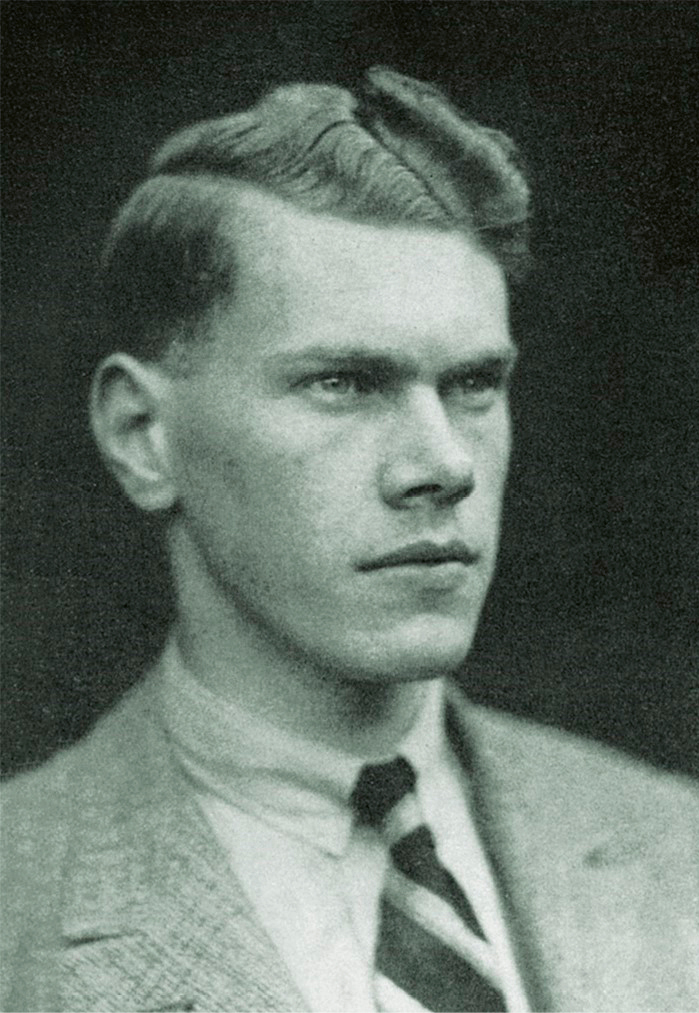
Dr Reg Jones before the war.

In his accustomed Basque beret ‘Rémy’, escaping from France in 1942.

‘Pol’ Roger Dumont.
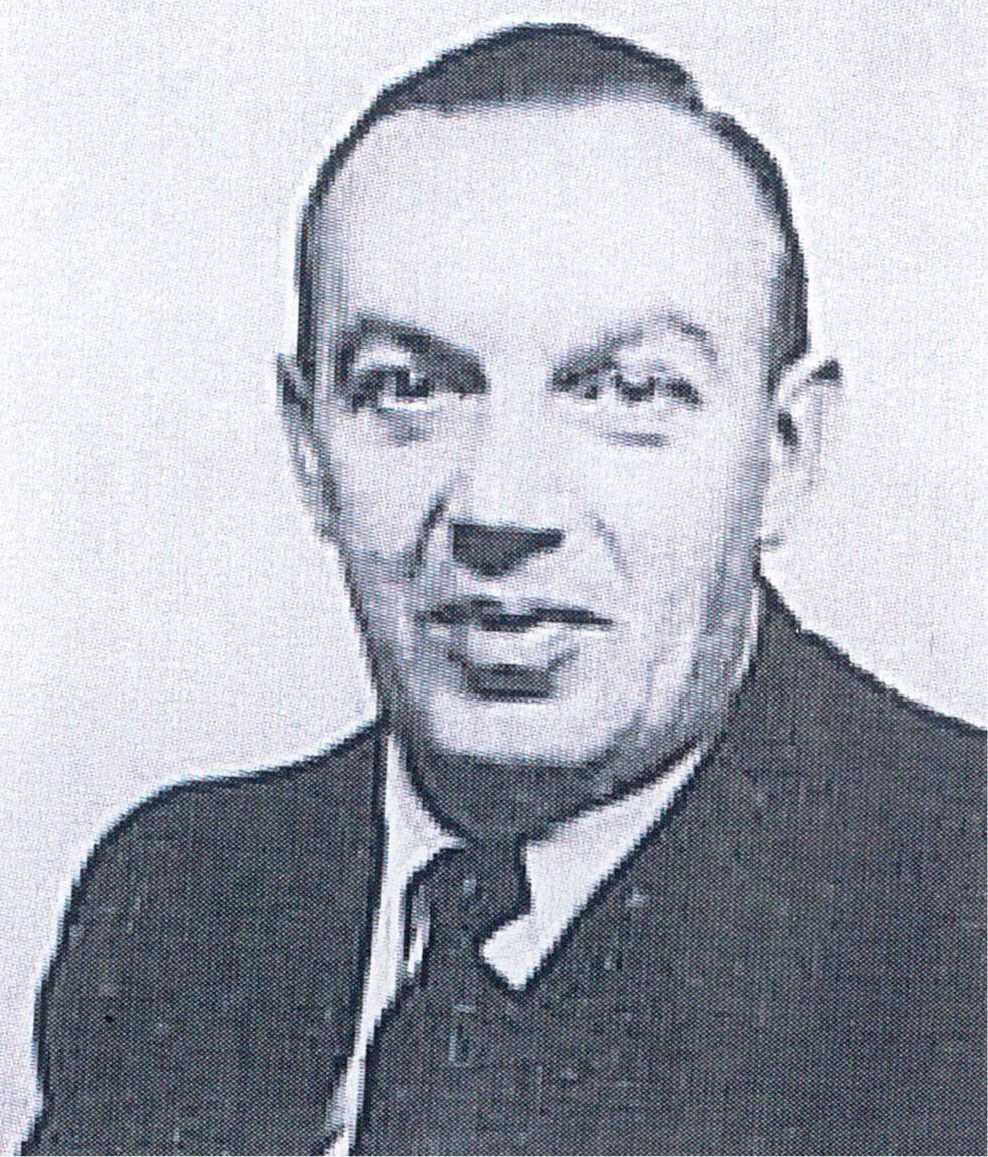
‘Charlemagne’ Charles Chauveau.

Daphne du Maurier with her husband, the commander of Britain’s nascent airborne forces Maj. Gen. Frederick Browning in off-duty ‘mufti’.

Another early 1942 RAF aerial view of what became the battlefield of Operation Biting, showing key landmarks. The image does not reveal how steep and rough was the descent from the radar station to the beach, and how exposed to fire from defenders entrenched on the western or opposite side of the defile, above ‘Beach Fort’. German wire entanglements on the hillside above the latter are not visible.
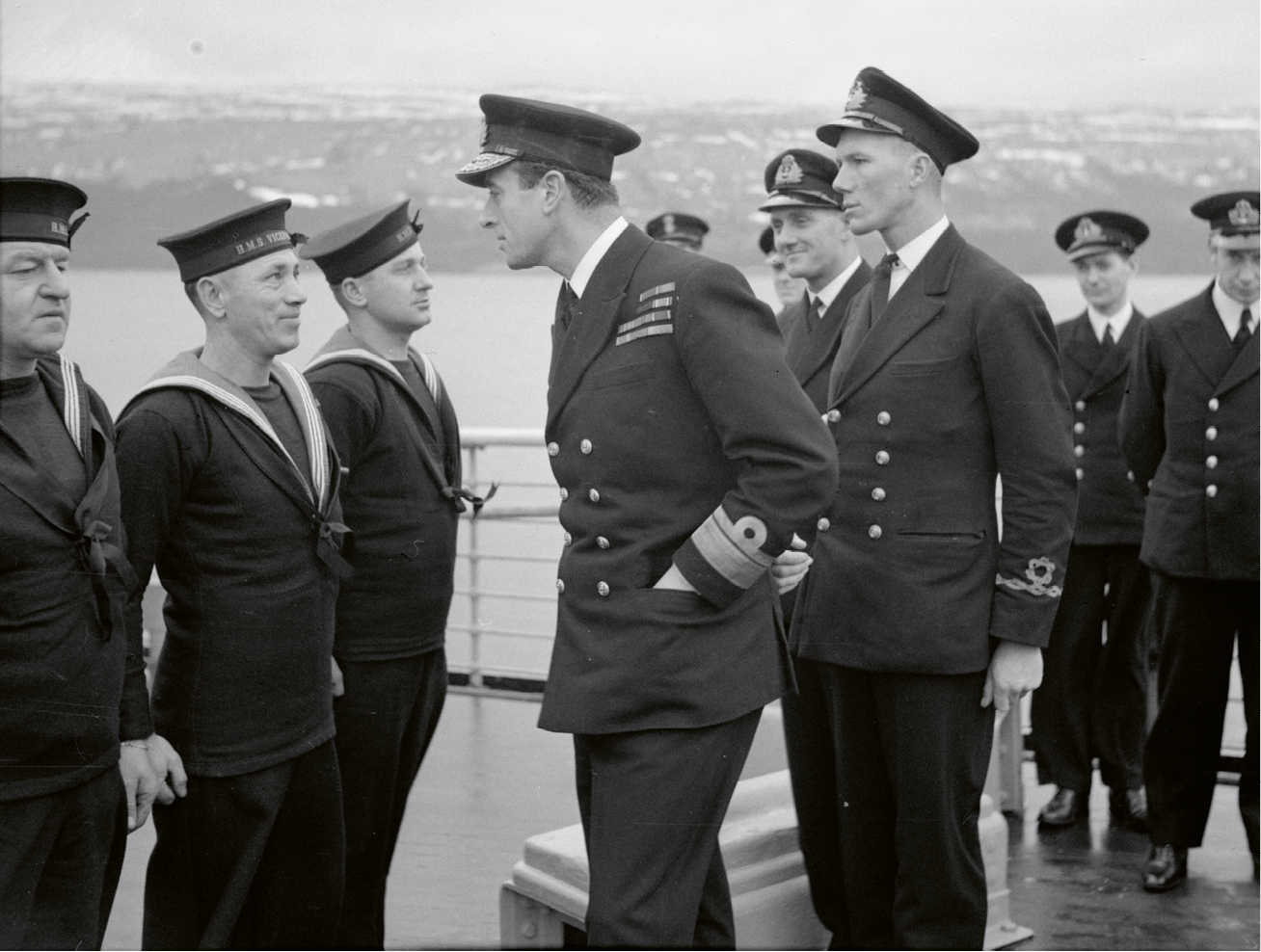
‘Dickie’ Commodore Lord Louis Mountbatten inspects ratings of HMS Prins Albert during the exercises at Inveraray.

Frost’s men practise their exit by landing-craft.
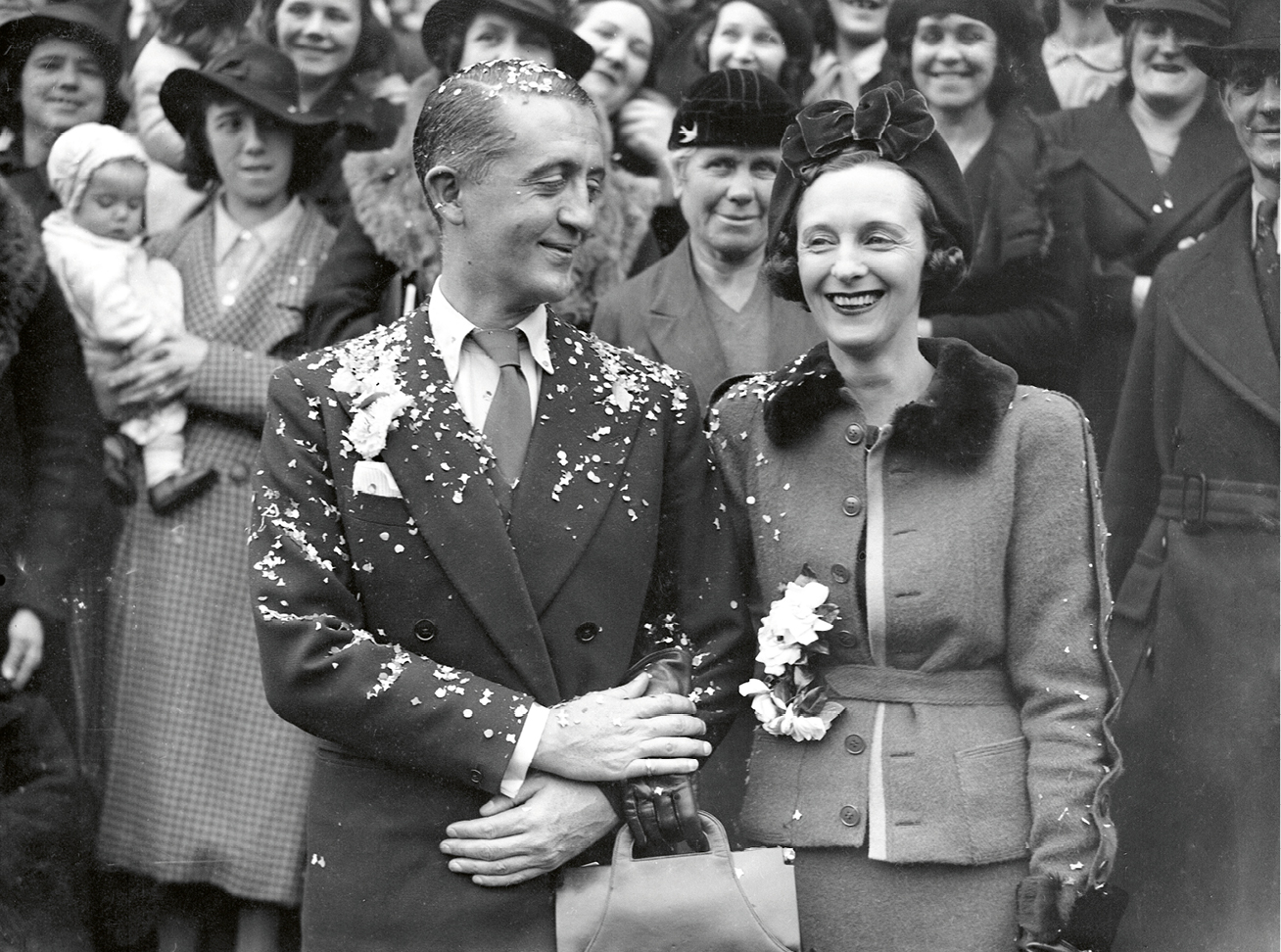
‘Bobby’ Marquis de Casa Maury, Mountbatten’s polo-playing friend, implausibly translated into Combined Ops’ intelligence chief for Biting, at his 1937 wedding to Freda Dudley Ward, former mistress of Edward Prince of Wales.

Lt. Col. Johnny Goschen, one of Browning’s staff officers, in earnest conversation with Major John Frost.

Vital landmarks for Biting: an Edwardian image of the almost sheer defile leading down from Bruneval hamlet to the sea: the attackers had to descend the righthand hill, under fire from Germans entrenched on the left face

‘Lone House’, stormed by Frost and his men.
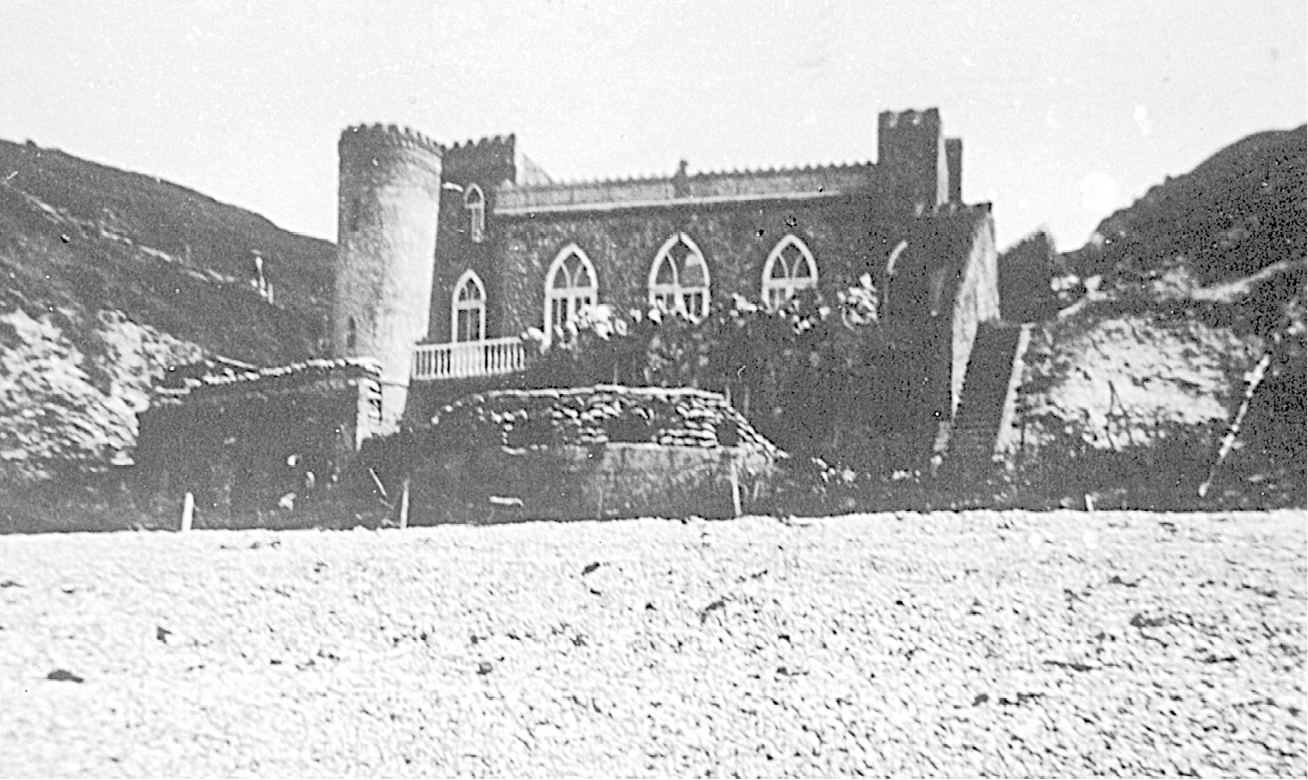
‘Beach Fort’, chief impediment to C Company’s escape. German trenches ran above it, from which the defenders fired on C Company.

A modern view of the beach from the sea, somewhat changed from 1942, but showing the topography as the navy saw it.

MGBs – motor gunboats – of the flotilla which played a key role in the naval dimension of Biting.

‘Carry out Operation Biting Tonight’: Admiral Sir William James in the great cabin of HMS Victory, from which he gave the ‘go’ order.

The admiral as he is best known to posterity.
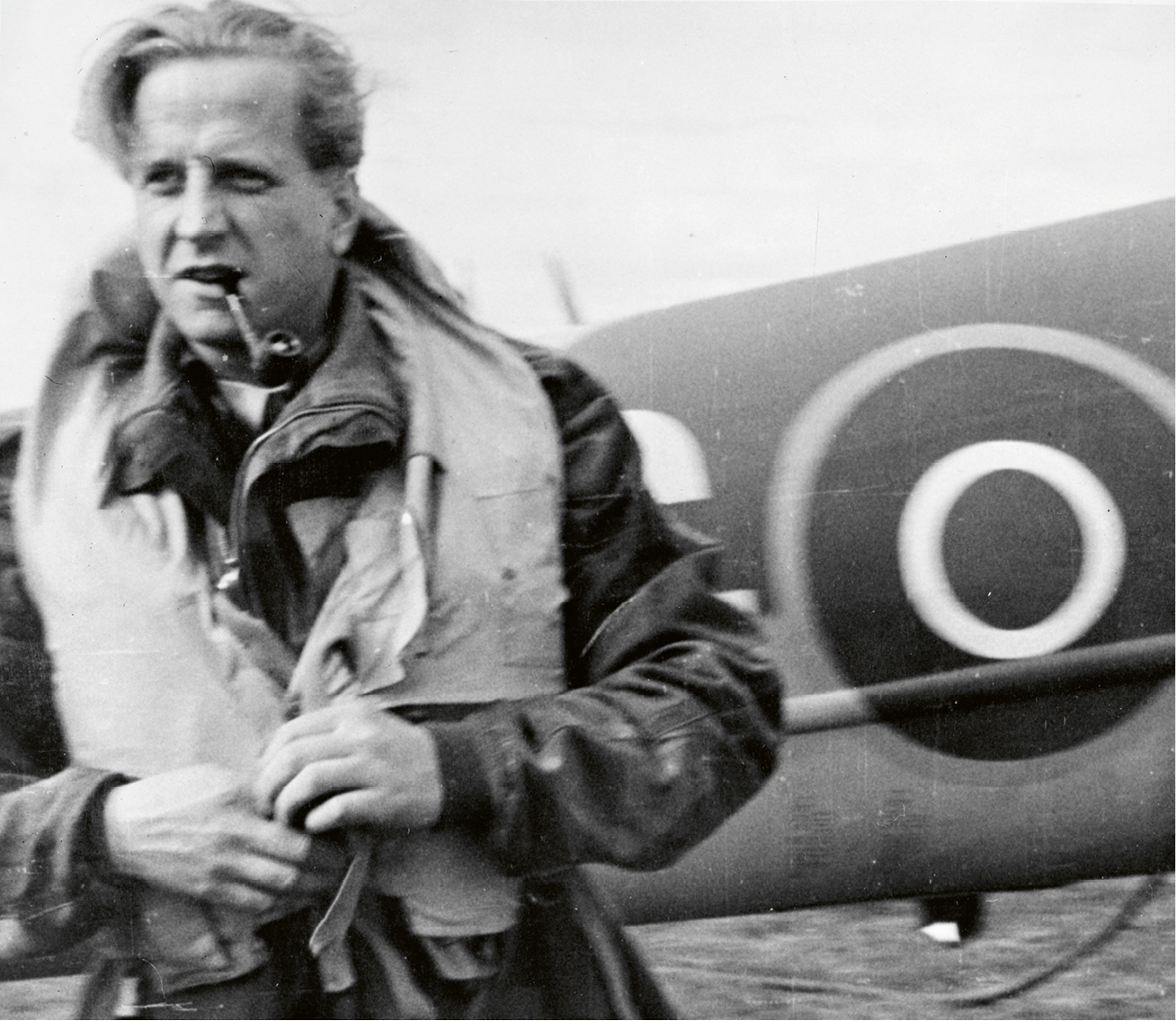
Wing-Commander Charles Pickard, who led 51 Squadron to drop C Company.

Defenders: Luftwaffe personnel off-duty in the local brothel at Étretat.

German troops parade through the town’s streets.

An RAF Whitley dropping paratroopers under training. Notice its lowered undercarriage, to reduce the aircraft’s speed, and how scattered is the ‘stick’ of men approaching the ground.

The men who stripped the Würzburg: RE Captain Dennis Vernon, here seen later in the war.

F/Sgt. Charles Cox.

A Würzburg in action, lacking the operator’s cabin fitted to the set at La Poterie.
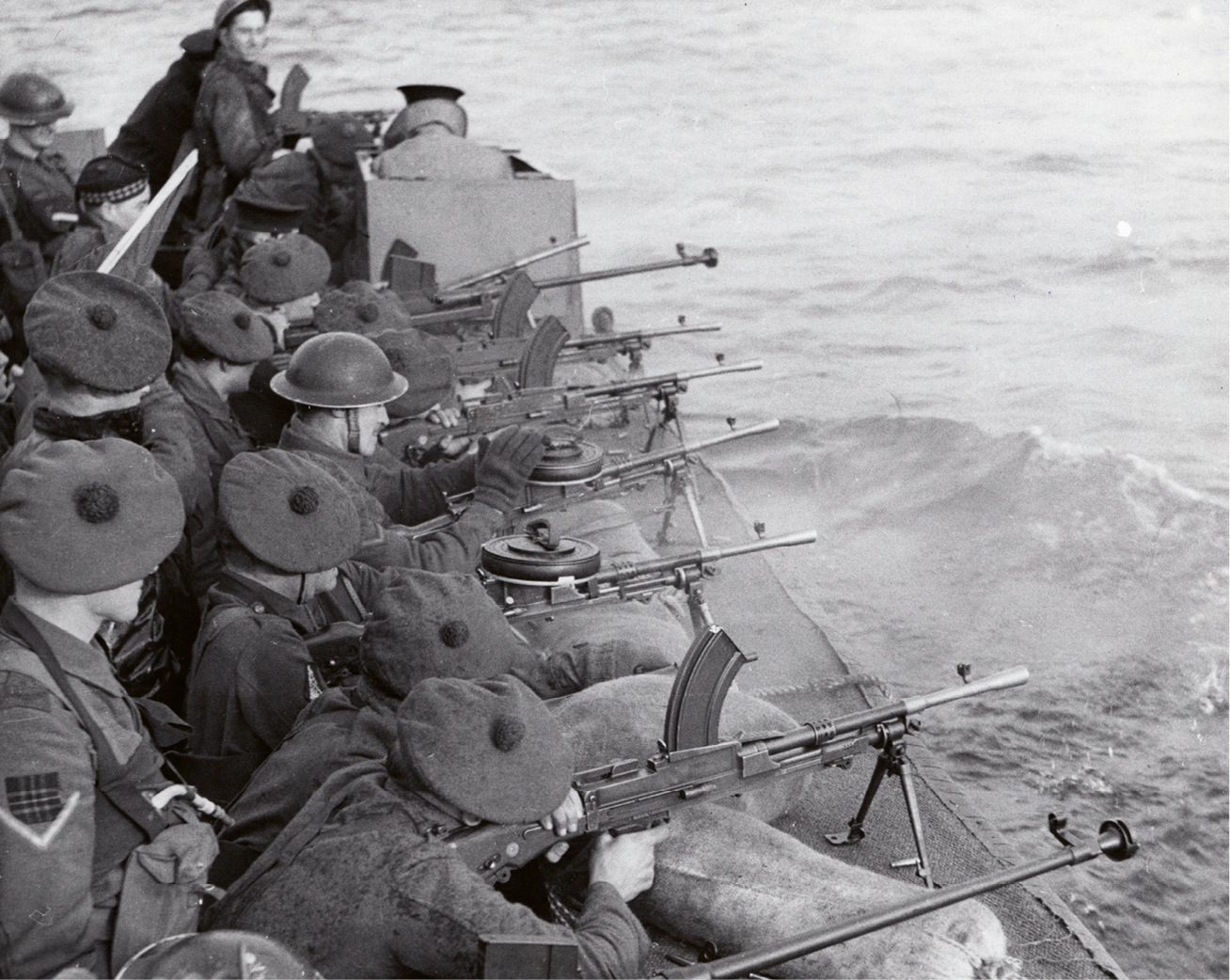
Some of the Biting attackers test-fire Boyes anti-tank rifles and Bren guns from their landing-craft.

The hapless Gefreiter Schmidt, appearing less grateful than he may afterwards have felt, having ended his eventful night in Stella Maris in the hands of one of the infantrymen who sailed to Bruneval in the landing-craft.

Luftwaffe personnel from the La Poterie site, conspicuously better armed than they were on the night of Biting. The little figure second right in white breeches is Heinz Meiser, who accompanied Lt. Ruben and received an Iron Cross for his contribution.
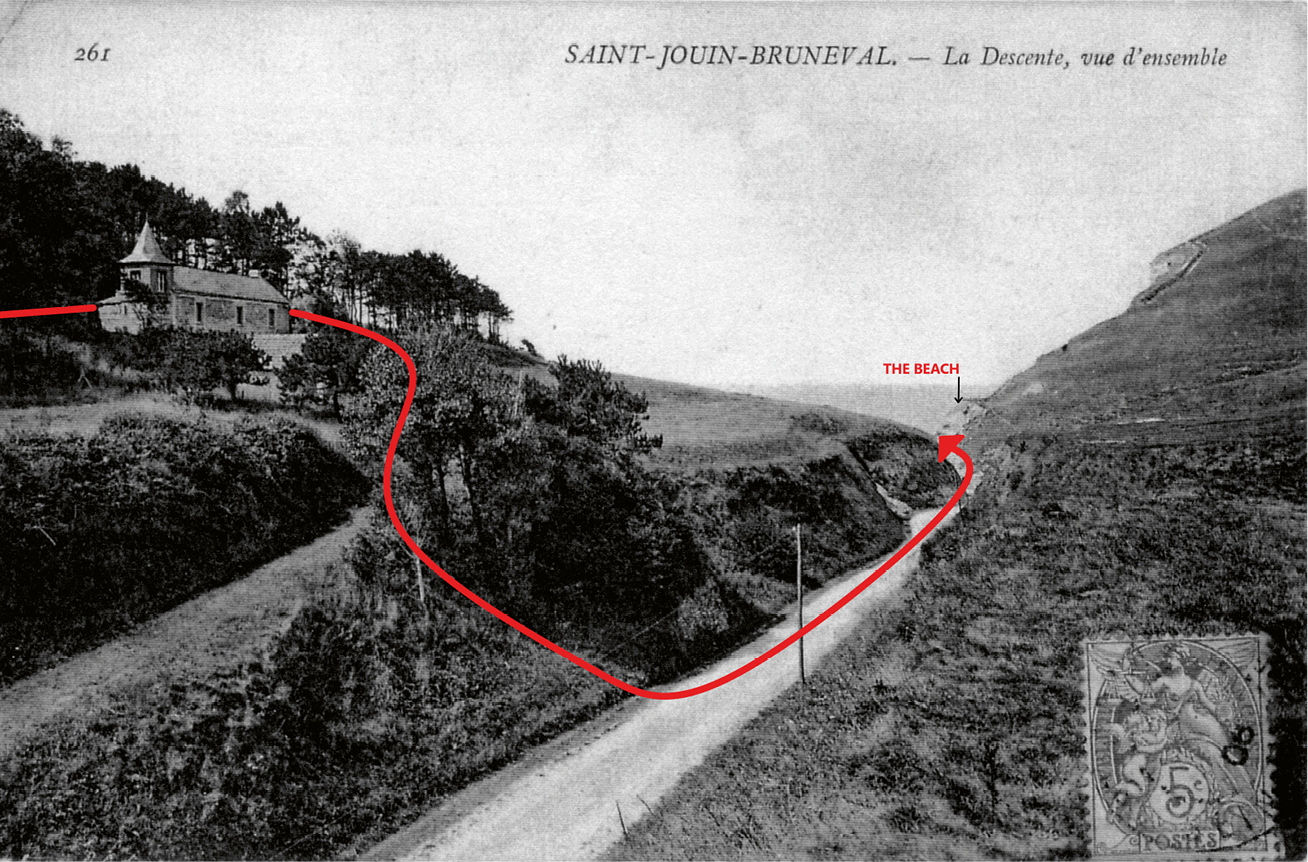
The route by which the men of Charteris’s missing section skirted the village and eventually reached the beach, close to where the Bruneval memorial stands today.

HMS Prins Albert, the former cross-Channel ferry that became ‘mother ship’ for the Tormentor landingcraft.
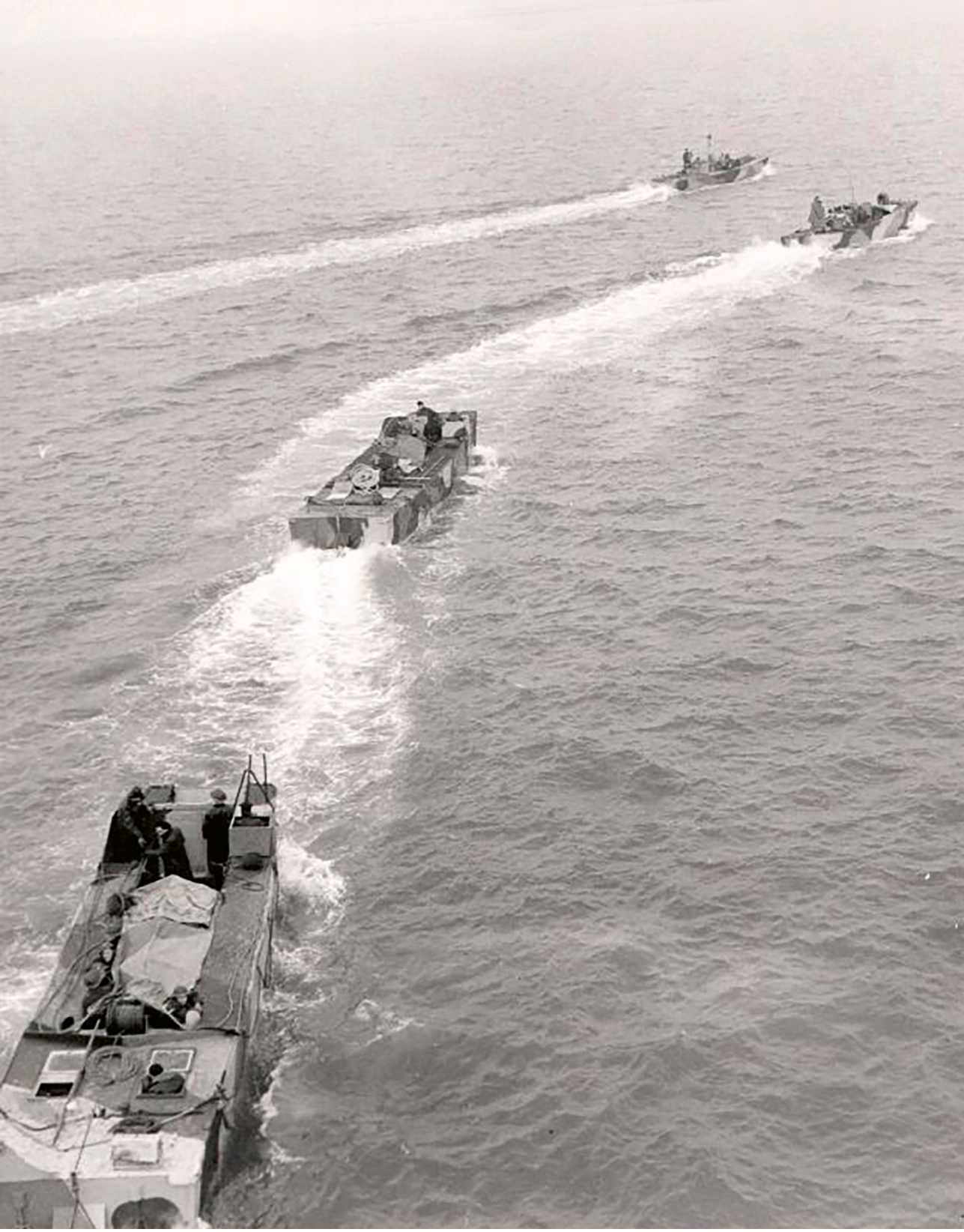
The ALCs as they would have looked on their retreat from the beach, though then laden with men, not equipment.

One of the returning, triumphant MGBs comes alongside at Portsmouth, Frost on its bridge.

Lt. Euan Charteris, among the undoubted heroes of Biting, photographed before he was commissioned.

One of the operation’s victims, Pte. Hugh McIntyre, who rashly confided his participation in a letter to his brother, then fell to a German bullet.

A heavily posed shot of exultant paratroopers, showing off a German helmet to Charles Pickard.
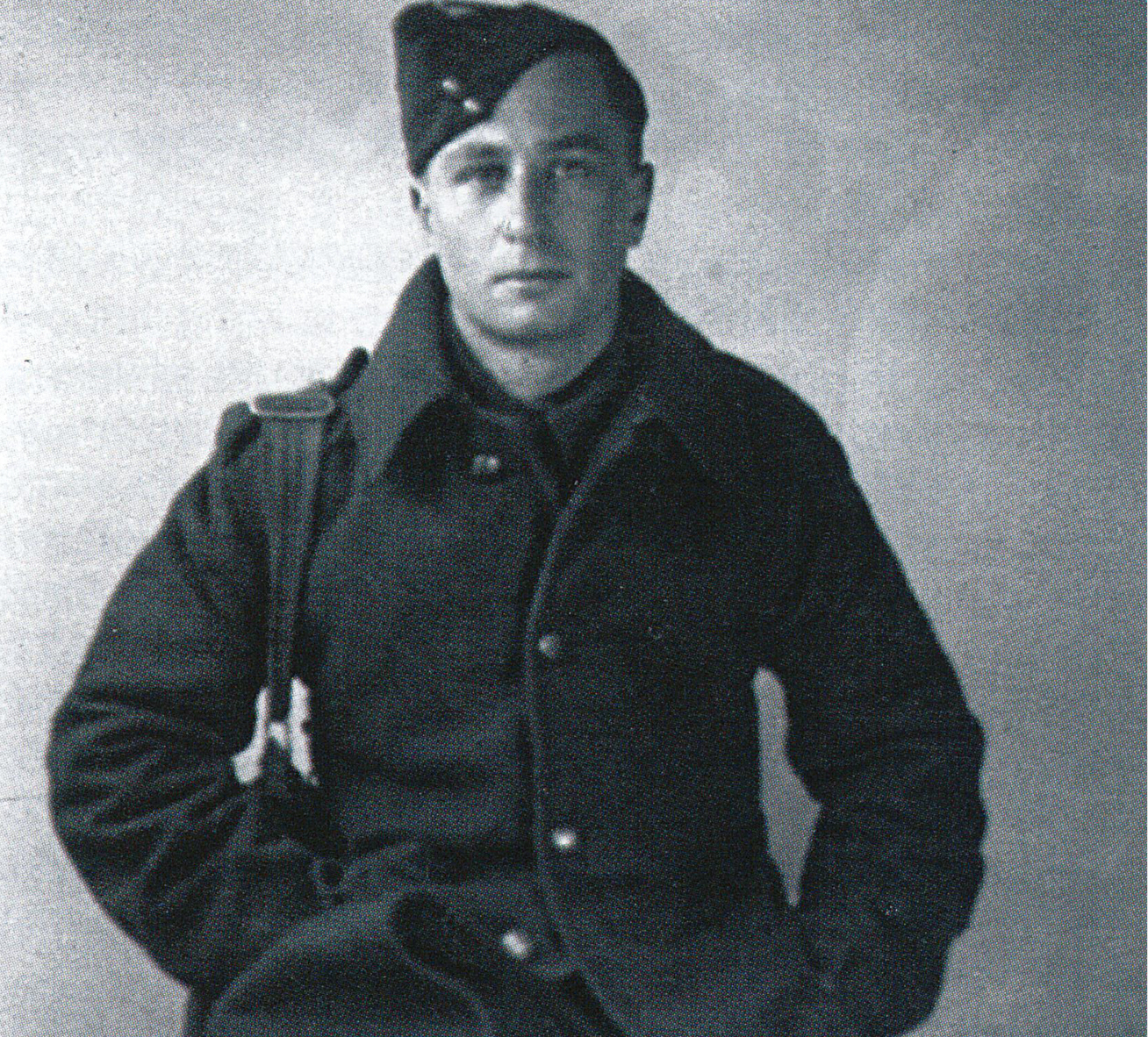
Pte. Peter ‘Walker’, in reality German Jew Peter Nagel, who served as interpreter at Bruneval.

Lt. Cdr. Fred Cook, RAN.
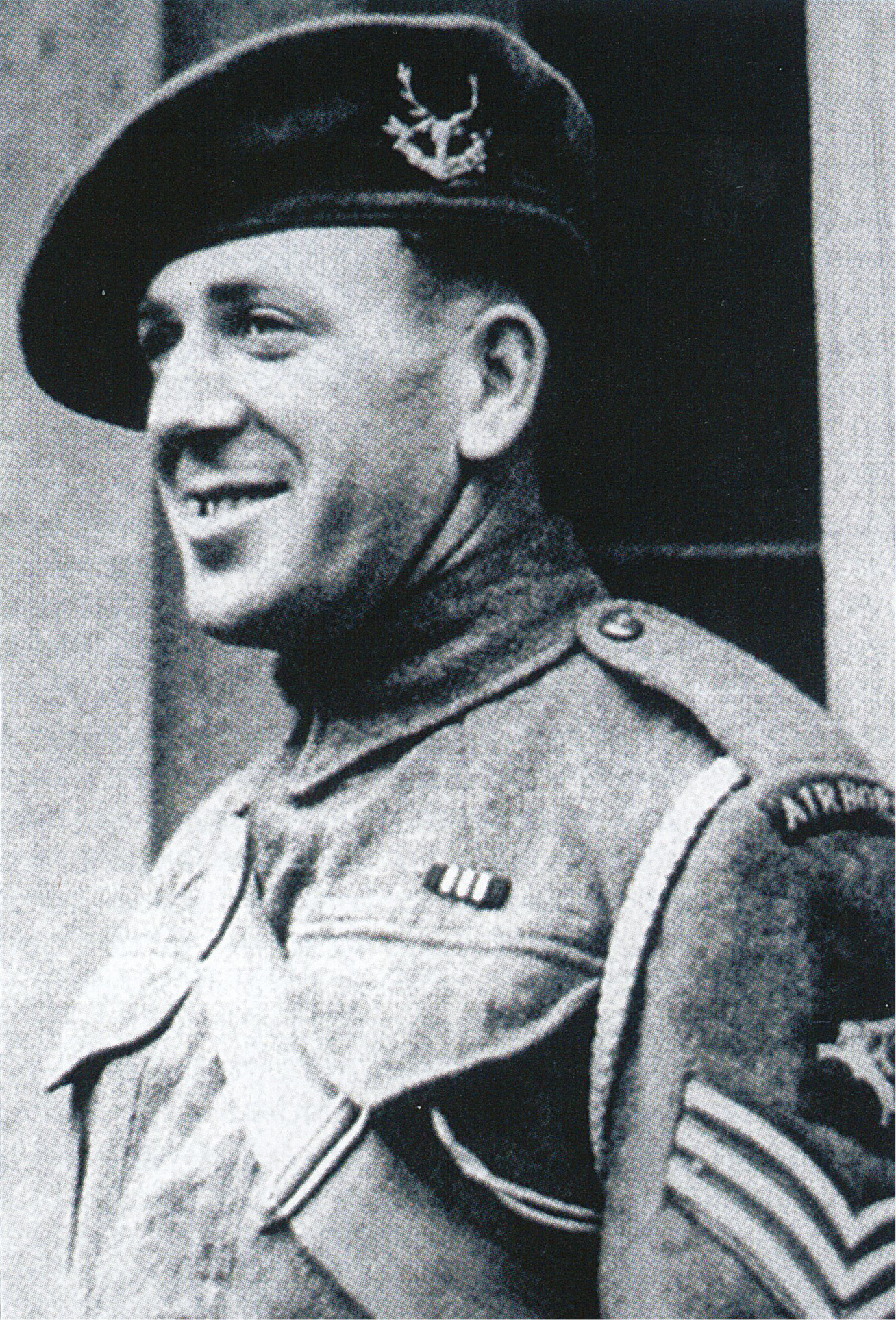
The doughty Sgt. Dave Grieve – note his Seaforth stag’s head cap badge: he gave their war cry as he charged Beach Fort.
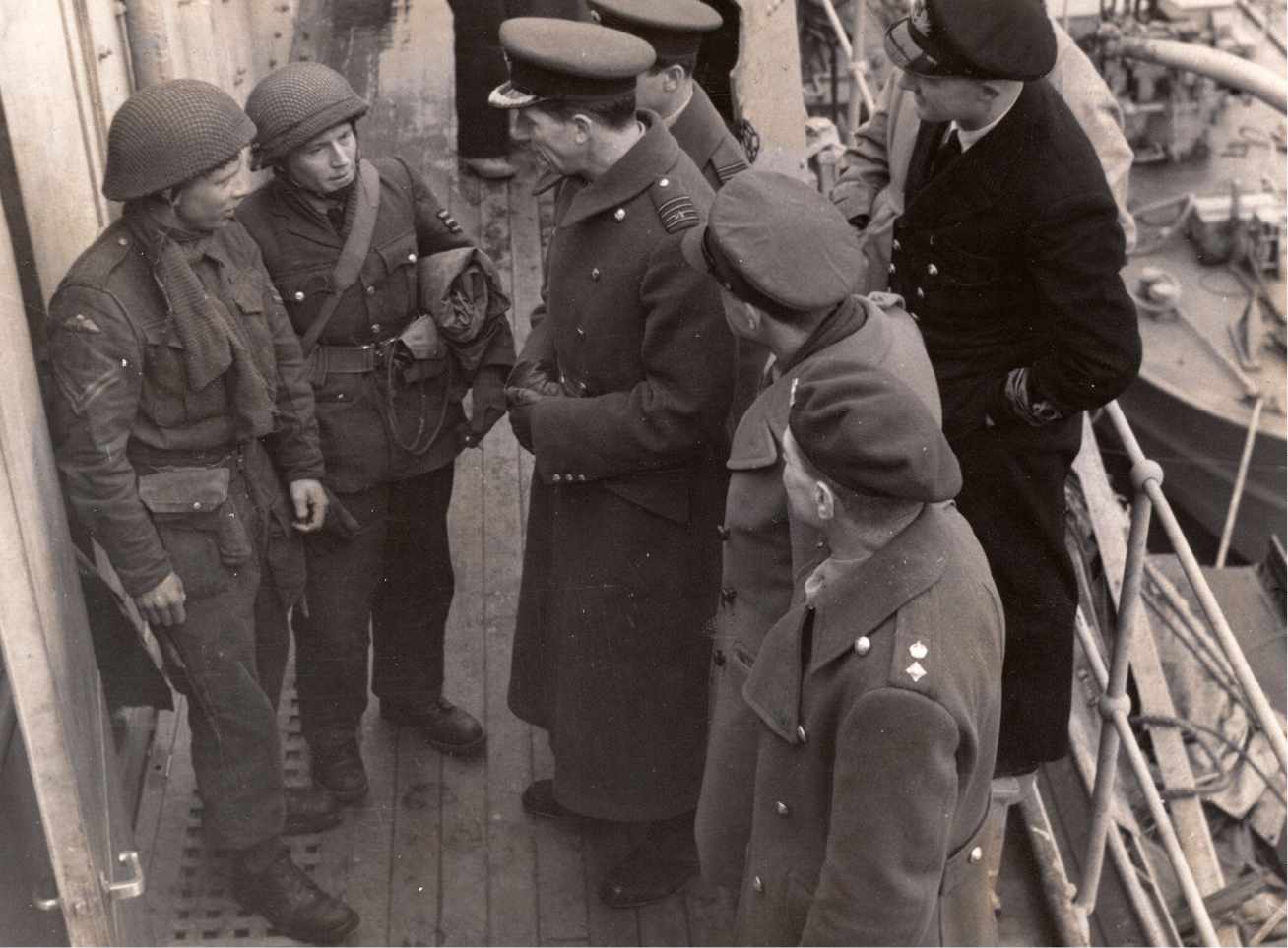
Air Commodore Norman quizzes Corporal Jones, on the left, with Charlie Cox beside him, aboard Prins Albert.

Fusilier Tewes, slightly wounded in the neck, and Heller, stripped by Peter Walker of the Luftwaffe eagle on his breast, bear the look of men who have had a trying night as they are searched by their captors at Portsmouth.
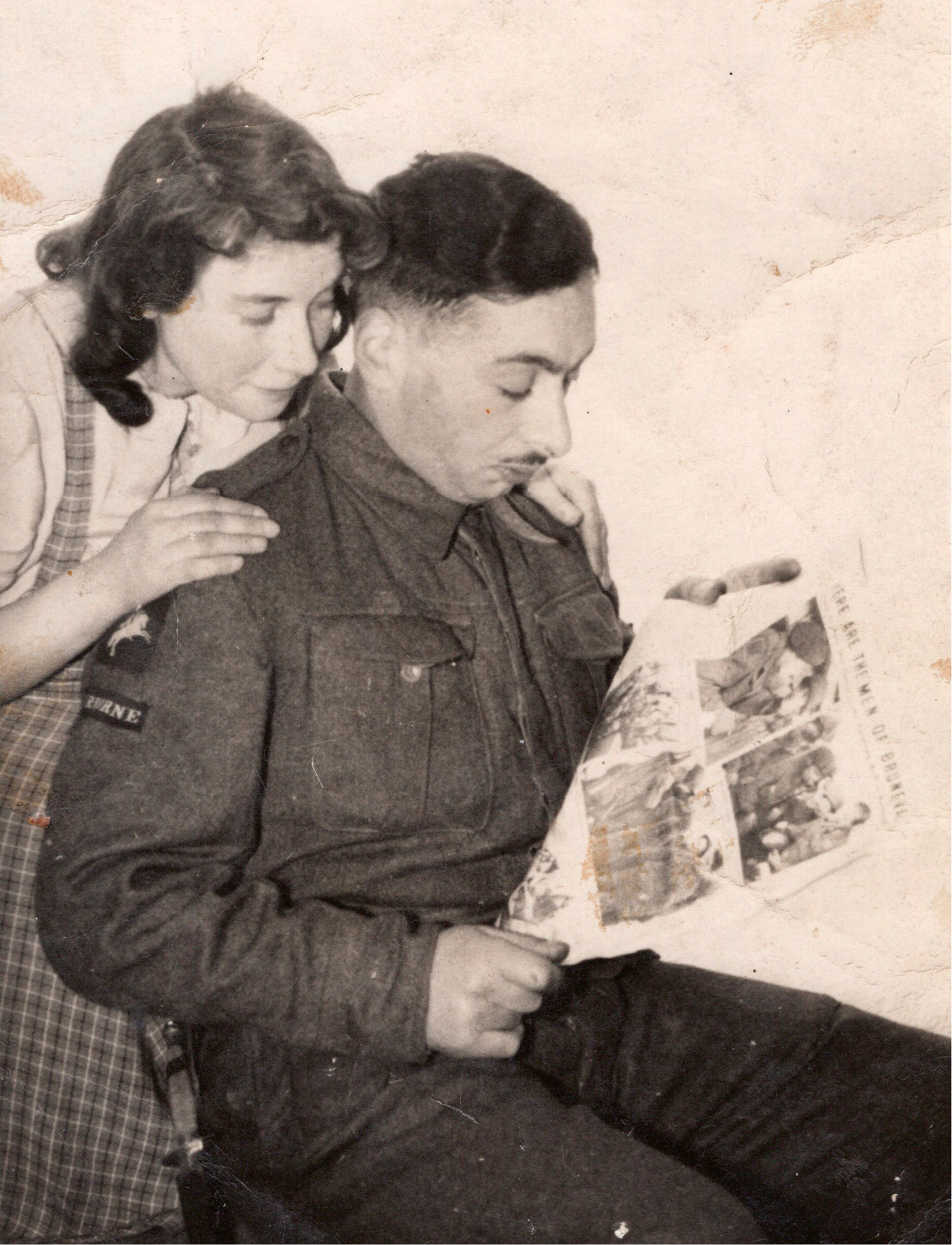
An admiring friend watches Pte. Mark Ginsberg, one of the Airborne medics who went to Bruneval aboard an ALC, enjoying the orgy of publicity that followed the raid.

The King and Queen visit 51 Squadron at Dishforth after the raid. Frost stands with George VI.

Later in the war, a US paratrooper stands with John Timothy, by then a liaison officer, before a drop. Note that the American carries a reserve ’chute on his front harness, which the British always lacked.

Three of the British prisoners captured at Bruneval – Thomas, McCallum and Willoughby – photographed with Captain von Preussen, sacked for his negligence a few days later.

The impeccable ‘Boy’ Browning as the world remembers him: Biting’s success brought closer the fulfilment of his vision of an airborne army, which he led into battle at Arnhem, with tragic consequences.

The British prisoners in Normandy, here seen with Sutherland, his arm in a sling, who was wounded with Charteris. Their superiors did not approve of the matiness of such German propaganda images, but the laughter surely reflected the men’s relief that they were not to be shot.

Happy Endings: RSM Gerry Strachan at his 1943 wedding to army cook Ivy.

John Frost at Buckingham Palace after receiving his Military Cross. He attained immortality in September 1944, defending 2 Para’s foothold at the northern end of the bridge at Arnhem.